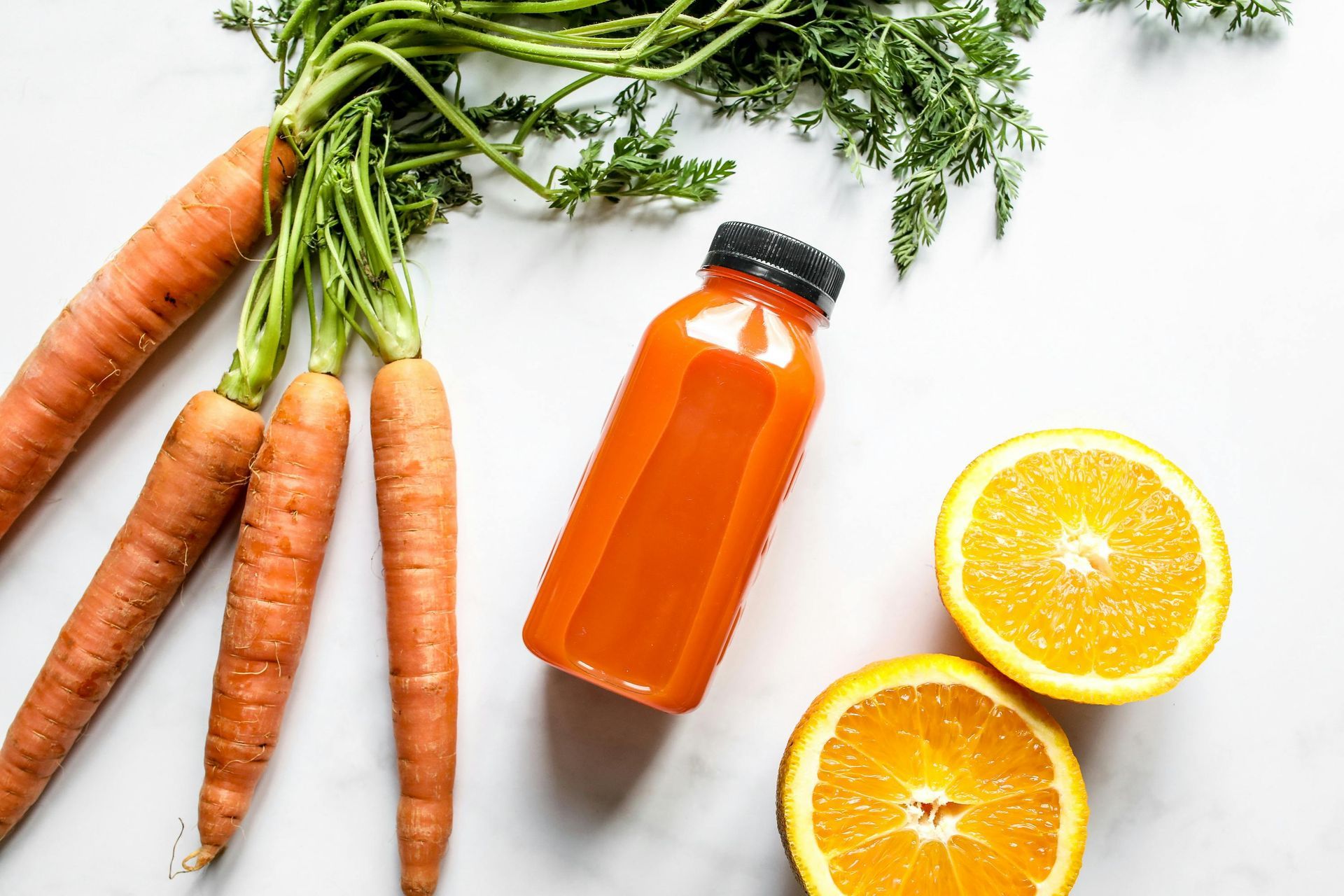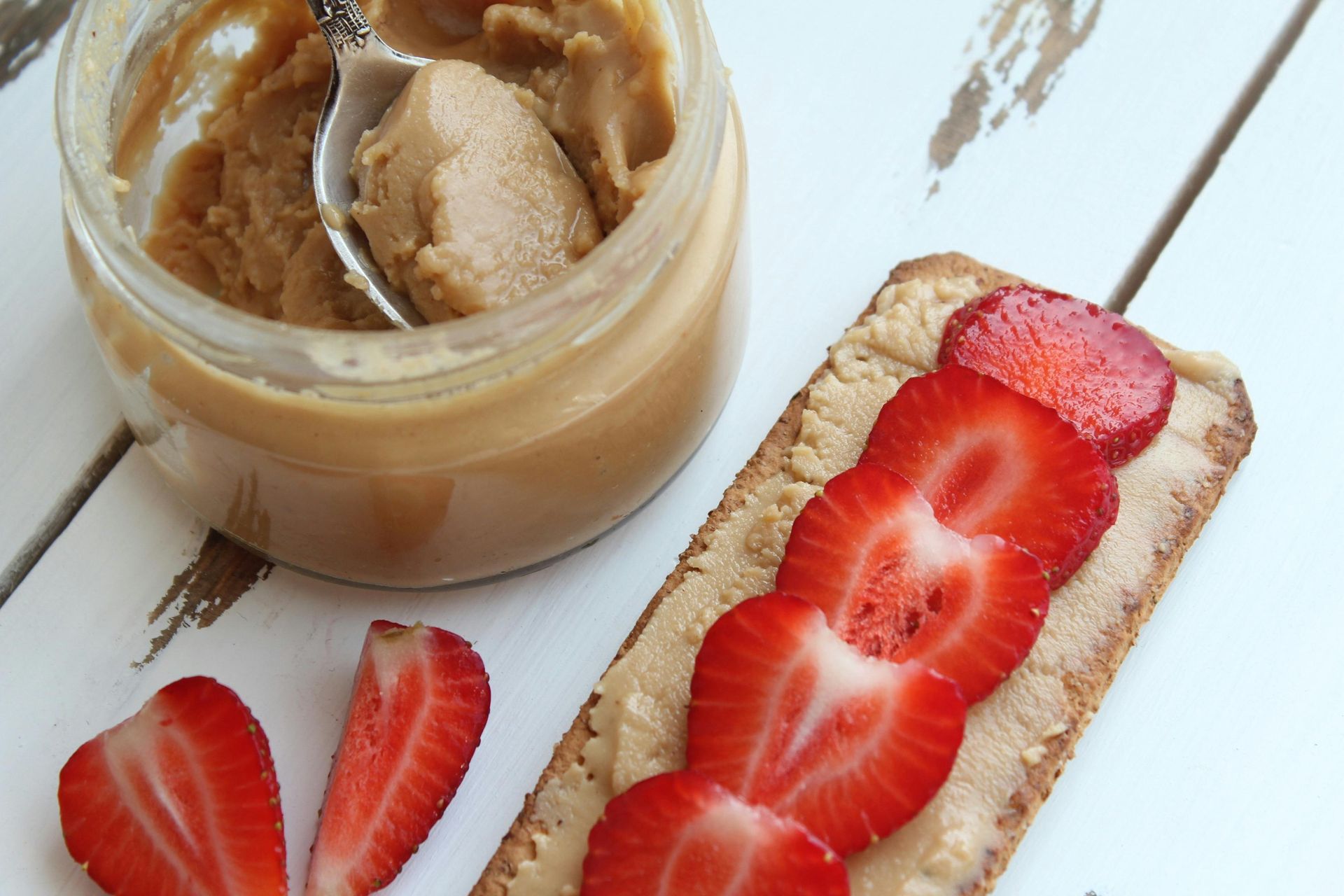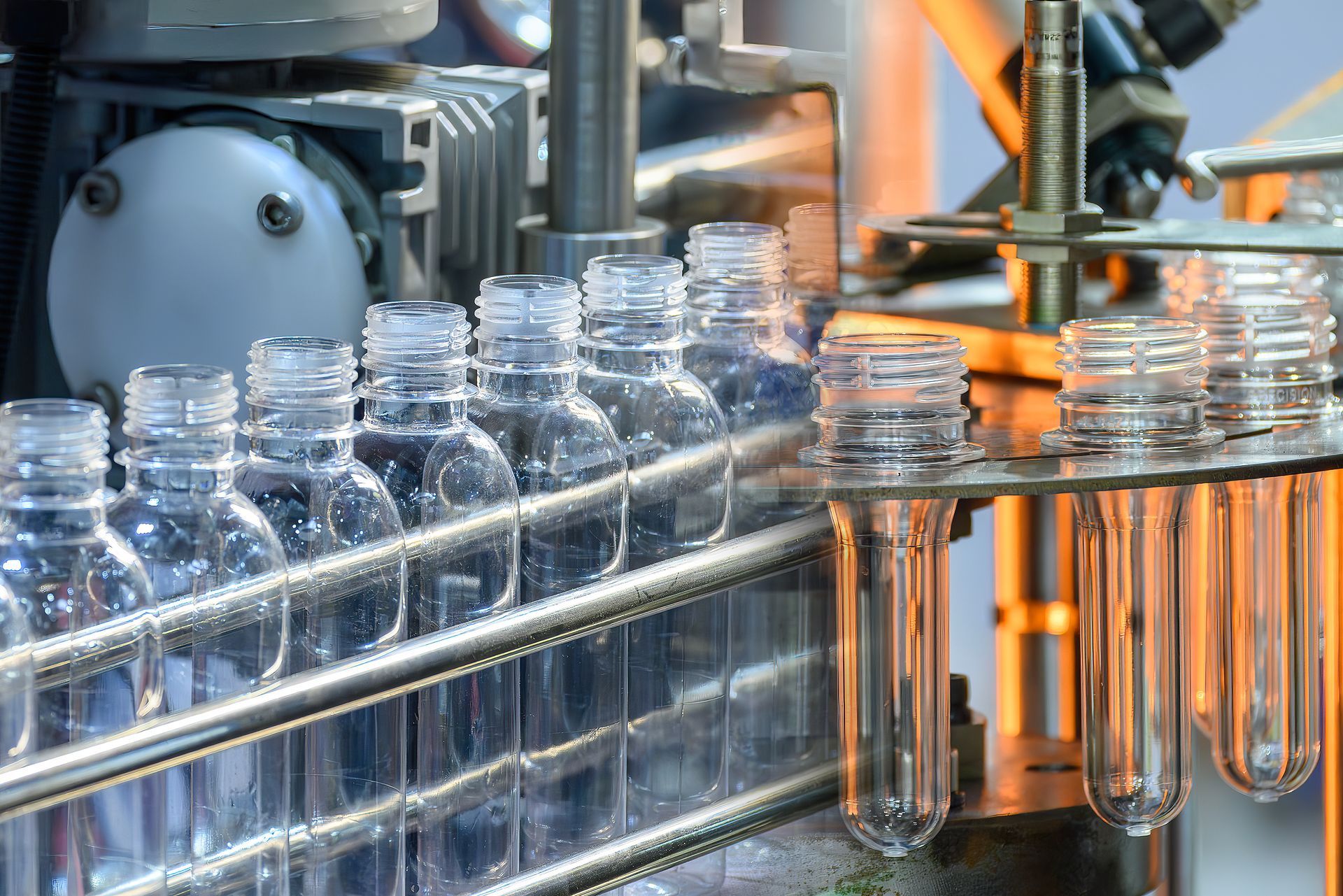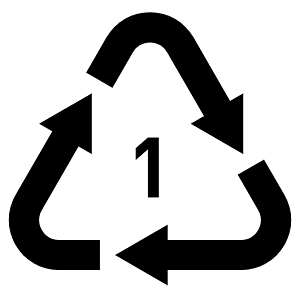A Guide to Rock Salts Types, Health Benefits, and Culinary Uses
Types of Rock Salts and Their Culinary Uses
Salt is a fundamental ingredient in cooking, but not all salts are created equal. Rock salt, a natural, unrefined form of salt, offers a variety of flavors, textures, and health benefits. Understanding the different types available on the market and their best applications in cooking can help elevate your culinary skills.
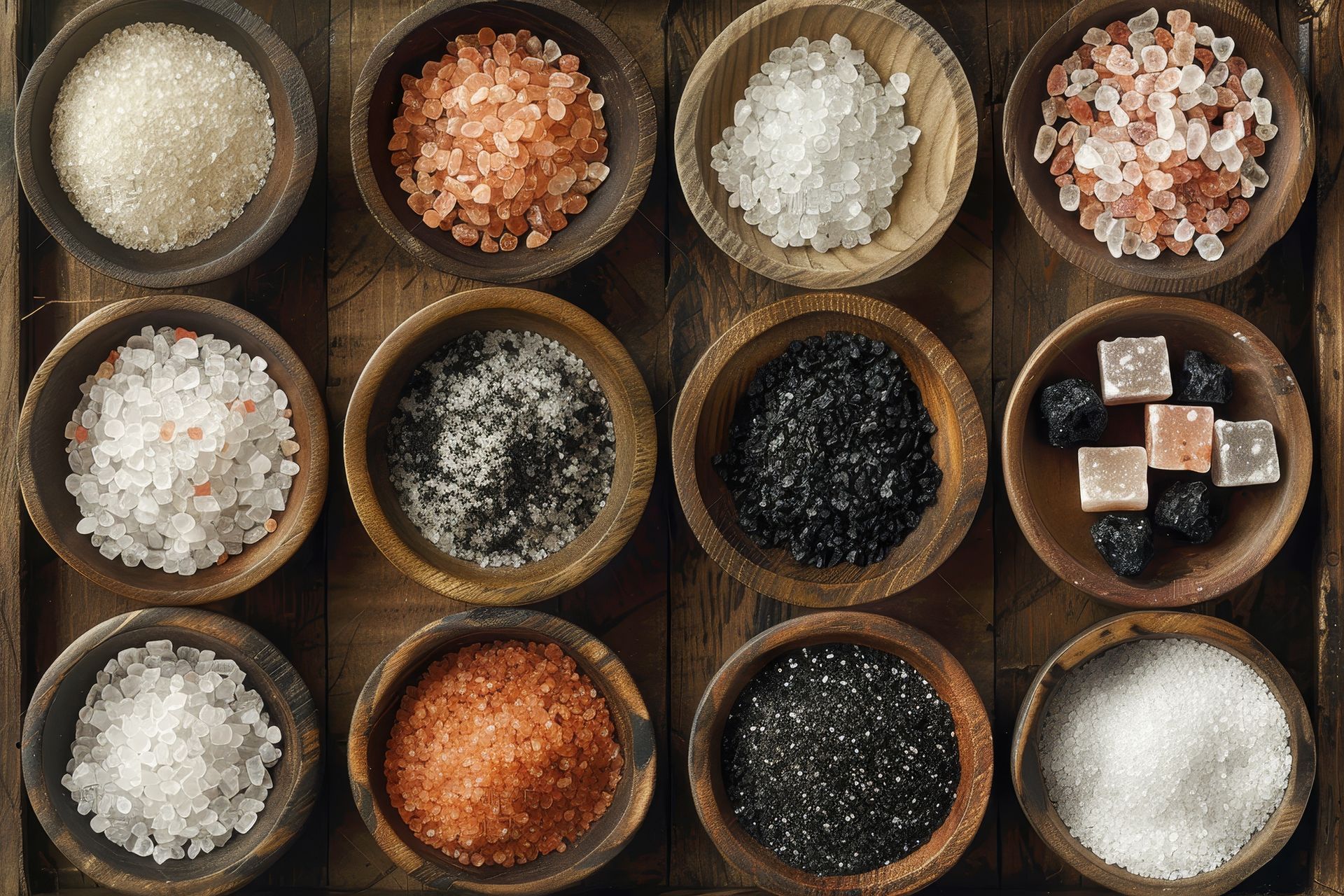
Himalayan Pink Salt
- Flavor Profile: Mild, slightly mineral-rich taste
- Health Benefits: Rich in trace minerals like magnesium, potassium, and calcium, which support overall wellness
- Best Used For: Seasoning meats, vegetables, and seafood; finishing dishes; creating salt crusts for baking; brining
Black Salt (Kala Namak)
- Flavor Profile: Sulfuric, umami-rich, slightly tangy
- Health Benefits: Aids digestion and helps regulate acidity in the body
- Best Used For: Vegan egg substitutes, Indian and South Asian dishes, chutneys, fruit salads, raitas
Persian Blue Salt
- Flavor Profile: Mildly salty with a slightly sweet aftertaste
- Health Benefits: Contains potassium, which supports muscle function and hydration
- Best Used For: Finishing gourmet dishes, seafood, cheeses, and salads
Hawaiian Black Lava Salt
- Flavor Profile: Earthy, slightly smoky, and rich
- Health Benefits: Infused with activated charcoal, which helps with digestion and detoxification
- Best Used For: Grilled meats, seafood, roasted vegetables, cocktail rims
Bolivian Rose Salt
- Flavor Profile: Delicate and slightly sweet
- Health Benefits: Contains essential minerals that help maintain electrolyte balance
- Best Used For: Baking, finishing touches on salads, meat seasoning
Fleur de Sel
- Flavor Profile: Delicate, briny, slightly moist
- Health Benefits: Lower in sodium compared to table salt and helps enhance flavor without excessive use
- Best Used For: Finishing steaks, chocolate desserts, caramel, fresh vegetables
Red Hawaiian Alaea Salt
- Flavor Profile: Mildly sweet with a slight nuttiness
- Health Benefits: Rich in iron due to its volcanic clay content, which supports blood health
- Best Used For: Hawaiian dishes like poke and Kalua pig, roasting meats, stews
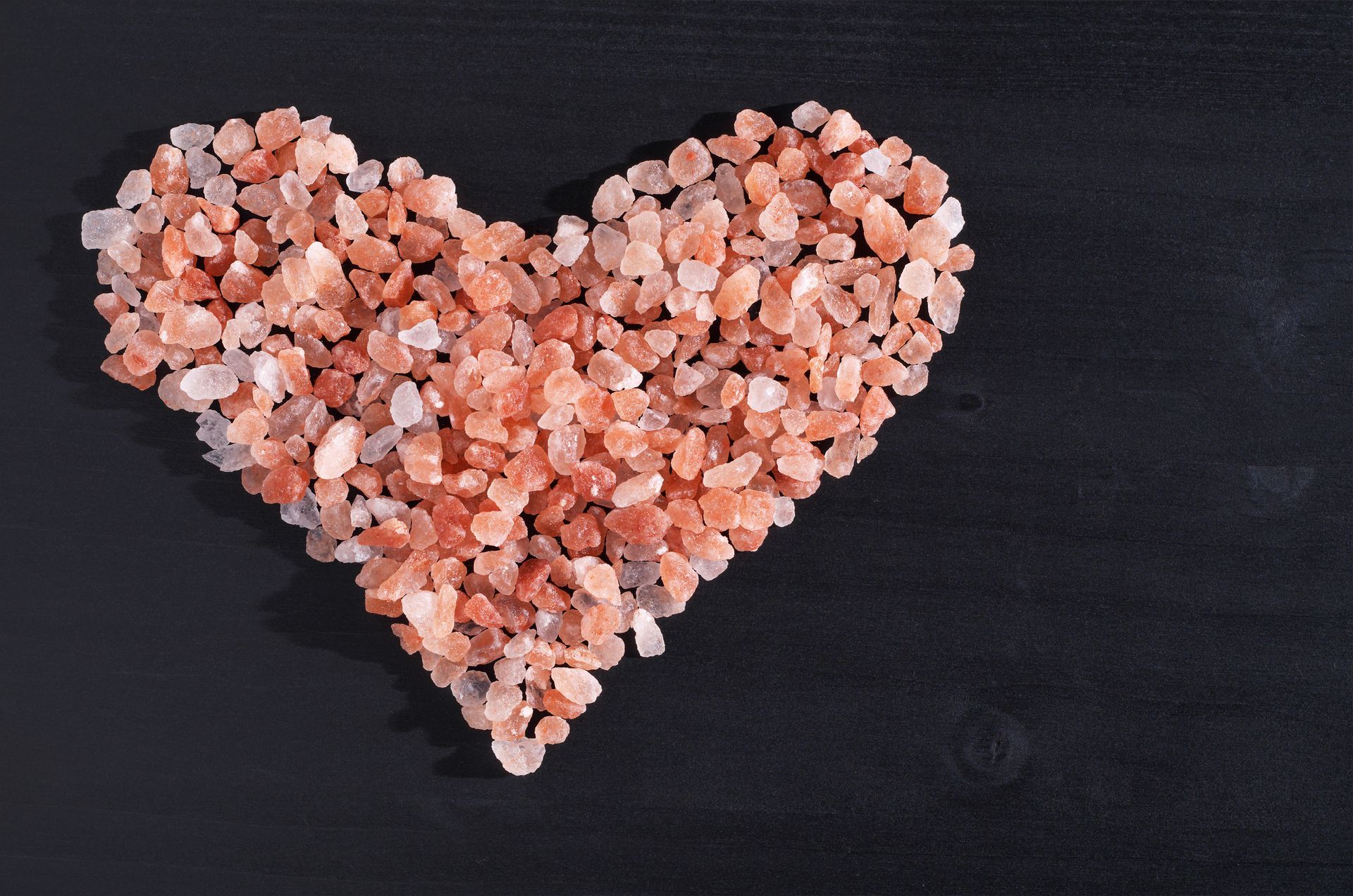
Health Benefits of Rock Salt
Rock salts are typically less processed than table salt, meaning they retain more natural minerals. Some key benefits include:
- Electrolyte Balance: Helps maintain hydration and nerve function.
- Supports Digestion: Certain rock salts, like black salt, aid in digestion and can reduce bloating.
- Lower Sodium Intake: Some rock salts provide a stronger flavor with less sodium, allowing for reduced salt consumption.
- Rich in Essential Minerals: Unlike refined salt, rock salt contains beneficial minerals that contribute to overall health.
Cooking With Rocksalt -
Herb-Crusted Baked Salmon
Ingredients:
- 1 whole salmon fillet (about 1.5 lbs)
- 1 cup Himalayan pink salt (for crusting)
- 1 tbsp olive oil
- 1 tbsp fresh rosemary, chopped
- 1 tbsp fresh thyme, chopped
- 2 cloves garlic, minced
- 1 tsp black pepper
- Lemon wedges (for serving)
Instructions:
- Preheat your oven to 375°F (190°C).
- Place the salmon fillet on a baking sheet lined with parchment paper.
- Drizzle olive oil over the fillet and rub with minced garlic, rosemary, thyme, and black pepper.
- Gently press the Himalayan pink salt onto the surface of the salmon, creating a thin crust.
- Bake for 15-20 minutes, or until the salmon is cooked through and flakes easily with a fork.
- Remove from the oven, let rest for a few minutes, and serve with lemon wedges.
This recipe enhances the natural flavors of the salmon while benefiting from the mineral-rich qualities of Himalayan pink salt.

